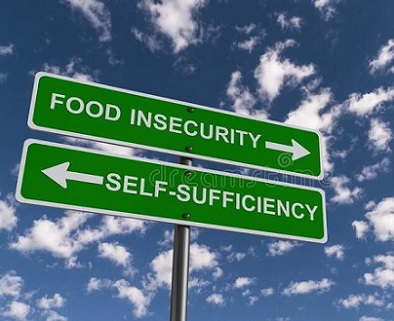
Global levels of hunger are alarmingly high. The outlook for global acute food insecurity in 2022 is expected to deteriorate further in comparison to 2021.
In particular, the unfolding war in Ukraine is likely to exacerbate the already severe 2022 acute food insecurity forecasts given that the repercussions of the war on global food, energy and fertilizer prices and supplies have not yet been factored into most country-level projections.
This dire situation of hunger is revealed by the Agricultural Bank (Agribank) in their “Market Watch for May 2022” bulletin.
The bulletin further states that the prevailing drought, high energy prices and the Covid-19 pandemic, worsened the availability and accessibility of food in Namibia.
“In December 2021, nearly a million people across Namibia experienced food insecurity; this is according to the Integrated Food Security Phase Classification (IPC).
“Crop producers and livestock farmers succumbed to long-term effects of the 2019 drought, the agricultural sector experienced significant contractions from the second quarter of 2019. The contraction emanated from high levels of livestock losses due to drought and low stock herd levels.
“The sector is slowly recovering as a result of normal to average rainfall received in 2021 and 2022 rain seasons, which has relatively improved rangeland condition and food production in the country. Although the improvement is not broad-based, it provides farmers an opportunity to re-set their farming practices and redirect investments towards climate smart production practices.”
The report also touched on the rising food prices amidst a sluggish job market.
“Global soft commodity prices have been the highest since 2008, the situation worsened from the Russian-Ukrainian disputes. Namibia is not farfetched from this, in April 2022 the annual inflation spiked to 5.6% from 3.9% recorded in the prior year.
“Food prices have averaged at 5.5% for the first 4 months of 2022. The price increment is triggered by shortages of oil supply from Ukraine and the rise in other food sub-categories, thus reducing people’s purchasing power and access to food.
“High unemployment aggravates poverty levels and food insecurity.”
In the photo: The way to food insecurity has more traffic.






